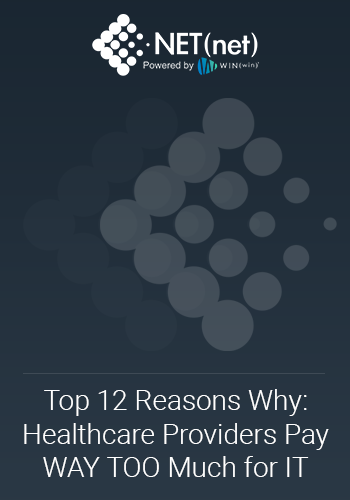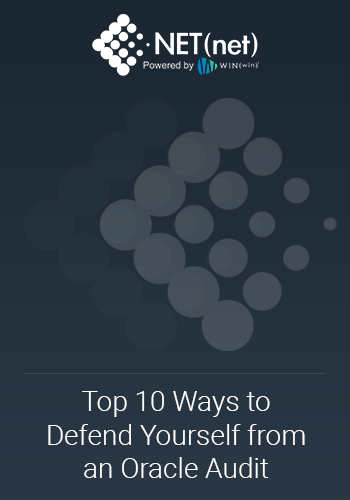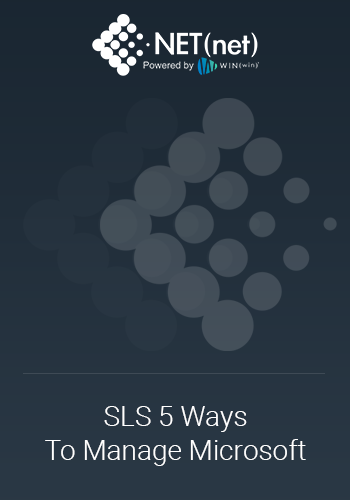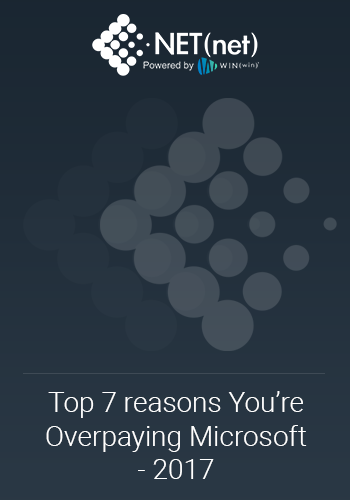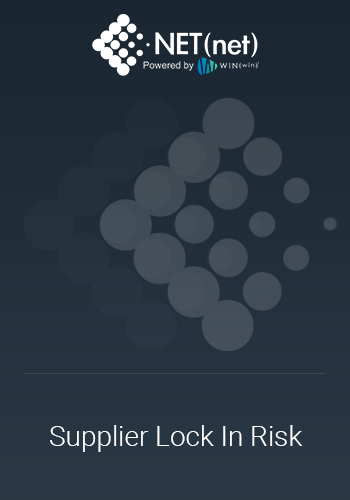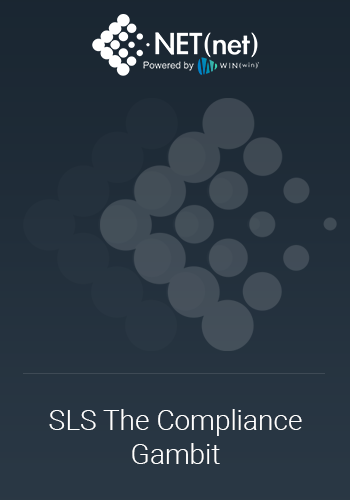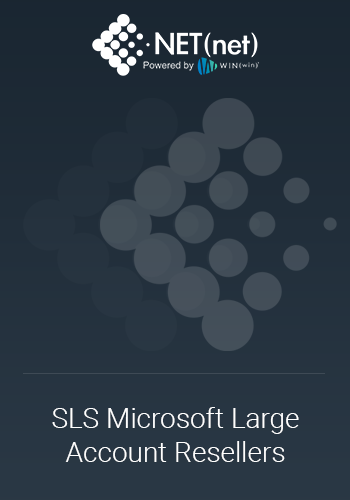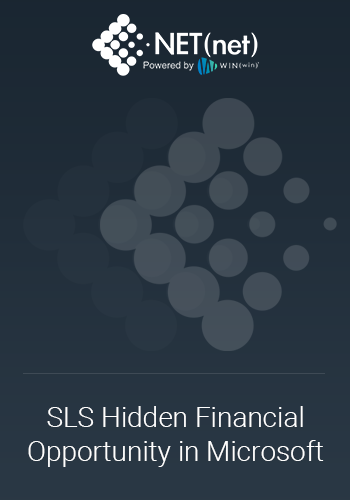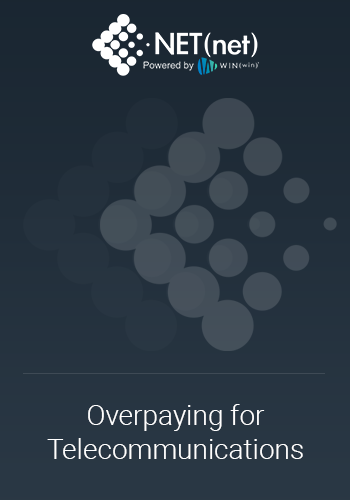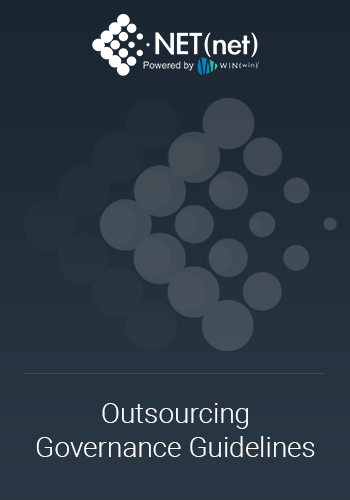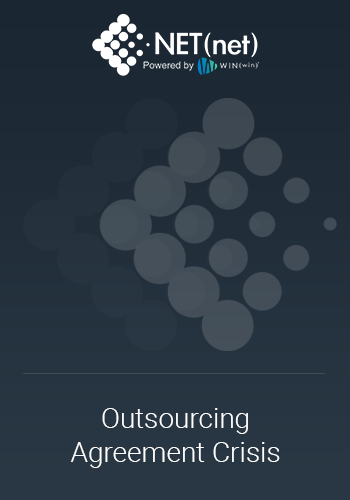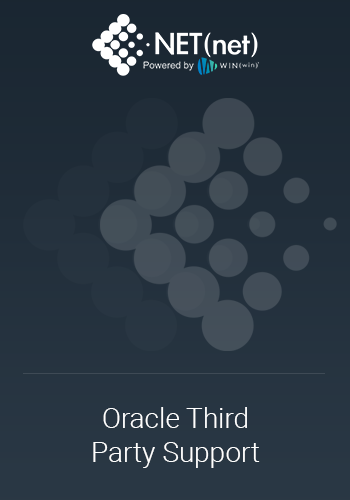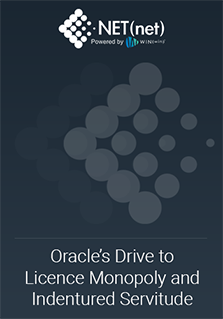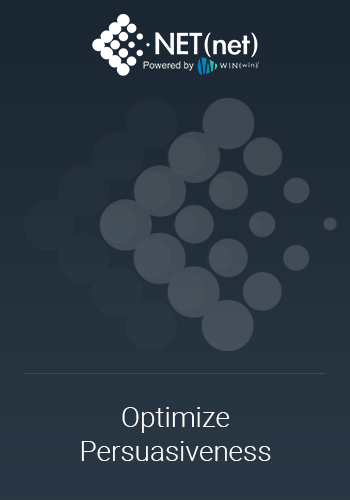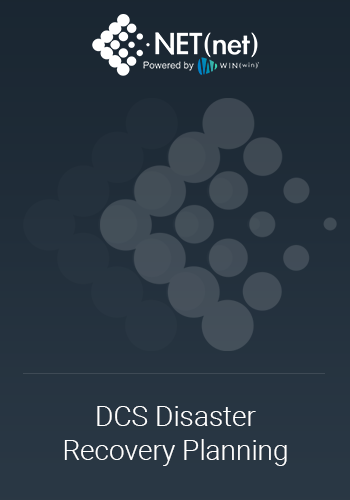The IT landscape in Financial Services is changing rapidly. Regardless if they want to be industry leaders, fast followers of reactors, the ever-spreading cost base for Financial Services Companies leaves less budget available for capital investments in new technology, driving a vicious cycle of increased operating cost. In the drive to enact transformational change, Financial Services Companies should seek out the benefit from low hanging fruit to reduce current Opex.
According to a PwC Global FinTech survey, 81% of CEOs are concerned about the speed of technology change, which is more than any other industry sector. Thousands of startups have been attacking some of the most profitable elements of the financial services value chain, with success, typically offering a better customer experience at a much lower price.
Although every Financial Services Company is different, most have integration architecture that is:
- expensive to maintain
- complex to modify
- limiting the ability to compete on cost
Strategic business programs focused on simplifying these legacy systems have been, and will continue to be top of mind.
This is not a trivial change management program and, in many cases, could involve a 3-to-5-year timetable. In the meantime, Financial Services Companies can benefit from immediate savings within their Software stack.
Finding Immediate Savings
NET(net) is supporting clients in renegotiating “right-sized” agreements resulting in up to 30% in OPEX savings:
1) Evaluate software needs: You should use COVID-19, which changed the way Financial Services Companies operate to look at your software needs.- Categorize active software – There is software that is critical to your business needs while there is also software that is nice to have and not completely necessary.
- Eliminate software – Each contract has a termination clause and not all software can be easily removed. Insight into these criteria can be used to build out a plan to reduce cost.
2) Consolidate applications: You should minimize the number of applications that perform similar functions.
- Simplify IT Architecture – Interfaces to be maintained between systems as well as processing requirements are reduced because the consolidated systems are likely to run on fewer servers, saving hardware, operating systems, and database licensing fees.
- Rationalize Supply Base – Reducing the amount of software applications simplifies the application portfolio, decreases the associated contracts to manage, and cuts licensing cost.
3) Align license entitlements: You should only be paying for software licenses that are in use.
- Avoid Non-Compliance – Software companies leverage audits as a legitimate revenue generator, and they will be looking to extract a one-time settlement as penalty for unauthorized use.
- Optimize Software Configuration – Software has complex use rights and can be costly. The default configuration is usually the most expensive. This blend of complex use rights and high cost offers the best value optimization opportunity, particularly in Data Center related software.
- Compares existing license entitlement with actual use – A complete view of installed software can drive rationalization and consolidation when compared with how many licenses were bought for a specific software title.
4) Harvest Software Licenses: You should align the processes for buying new licenses and reusing licenses.
- Identify unused or underused licenses – 1E has been tracking to software waste spend and according to their latest report, Finance is wasting 38% and Insurance 25% on unused or underused licenses.
- Redeploy or decommission licenses – Once identified, reusable licenses need to be inventoried. This is an excellent way to save money, reduce waste and leverage existing (and often expensive) investments.
The COVID-19 pandemic has created a ‘black swan’ environment to navigate, requiring many to rethink IT Procurement and Risk Management strategies. According to McKinsey, companies can continue to rely on Procurement to recover from the current crisis, in much the same way that they used to recover from the 2008 Global Financial crisis.
It’s worth looking at your current application portfolio and license entitlements as a priority task for 2021 because any spending reductions will go straight to the bottom line. Like Mark Twain said: “Do the right thing; it will gratify some people and astonish the rest”.
About NET(net)
Founded in 2002, NET(net) is the world’s leading IT Investment Optimization firm, helping clients find, get and keep more economic and strategic value. With over 2,500 clients around the world in nearly all industries and geographies, and with the experience of over 25,000 field engagements with over 250 technology suppliers in XaaS, Cloud, Hardware, Software, Services, Healthcare, Outsourcing, Infrastructure, Telecommunications, and other areas of IT spend, resulting in incremental client captured value in excess of $250 billion since 2002. NET(net) has the expertise you need, the experience you want, and the performance you demand. Contact us today at info@netnetweb.com, visit us online at www.netnetweb.com, or call us at +1-866-2-NET-net to see if we can help you capture more value in your IT investments, agreements, and relationships.
NET(net)’s Website/Blogs/Articles and other content is subject to NET(net)’s legal terms offered for general information purposes only, and while NET(net) may offer views and opinions regarding the subject matter, such views and opinions are not intended to malign or disparage any other company or other individual or group.

